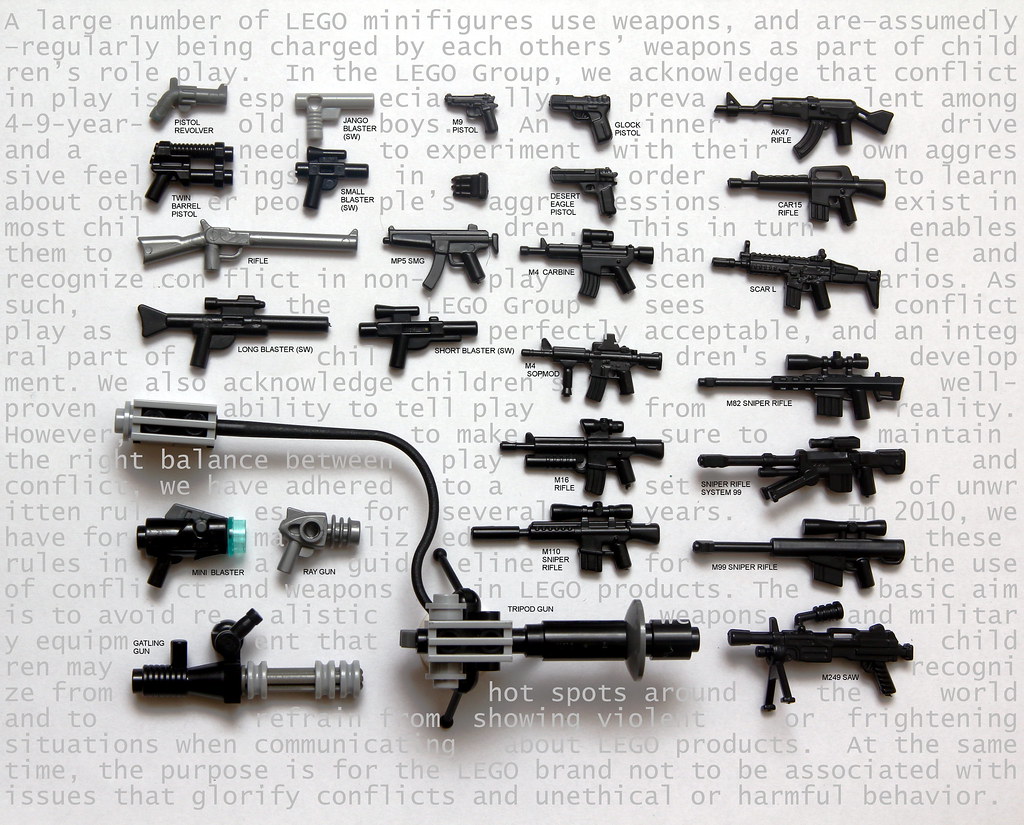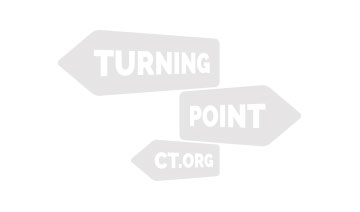24/7 Hotlines: Call or text 988 or text 741741
Orlando Tragic: My Own Relationship to Guns and Gun Violence

In light of last week’s tragedy in Orlando, I will focus my posts over the next few weeks on some of the issues that event raises. Last week, I wrote about my initial response to the events, specifically some of the thoughts it brought to mind as a gay man. When it comes to gun rights and gun control, I consider myself neither knowledgeable nor opinionated – which for me is rarity (the opinionated part, I’m ignorant about many things). Thus in these posts, I will focus less on policy and more on my own personal experience with guns and gun violence, as well as my view of the topic from the perspective of a mental health advocate. I hope this will help personalize the discussion, pulling it out of the abstract as well as to provide some insight into my perspective.
Child’s Play
I can’t remember the first time I learned what a gun was – I feel like they were just always something I knew of. It must have been from the cartoons, of which I watched A LOT growing up. Whether it was something vintage like Looney Toons or something more contemporary, like Batman the Animated Series, guns pervaded the fantasy worlds in which I resided as a child. Not to mention video games – some of my favorite games (James Bond, Tomb Raider, Twisted Metal, etc.) were shooter based. In fact, I think I thought of guns more as something of fantasy than as something real. And something fun! They were powerful and exciting. As I shot people and took out “enemies” I was achieving something and so felt a sense of accomplishment, as well as an adrenaline rush from the risk of almost not winning.
Interestingly, in so far as it applied to my reality, guns were not really ever on my mind. As a child I was constantly fearful of intruders and “murderers” – which to me as a child, were people who randomly invaded houses for the pleasure of butchering random people in their sleep – imagine! But the intruders didn’t really use guns (in my mind), rather they used knives. And even the idea of being shot wasn’t that frightful to me. It was painful but you could survive (or so I thought) so long as you weren’t hit in the head or heart. This was long before the profusion of mass shootings, however.
I don’t know what ever gave me this idea – that people were wandering around at night looking for people to kill – probably the stories I may have heard of some random horror stories which I then applied to the world in general, taking it for normal. Or from television and film programs I’d seen. That being said, I can’t imagine what children today fear, not only as they go to sleep, but as they go to church and school. I was never afraid during the day, at these other places. In fact, I suffered from a rather inextinguishable general sense of hope and security. My anxieties were focused on interpersonal interactions and the evaluation of my performance and behavior, but rarely on my general safety and well being. If someone was bothering me, I could at least run to an adult who would protect me.
School Shootings & Rampages of Revenge
I don’t think it was until I was older that I began to understand the practical implications of guns, and as it related to my life. When I was in 5th grade, the Columbine shooting occurred. I remember learning about that and seeing various media programs which dealt with outsiders who became so emotionally disturbed that they sought revenge against their harassers and the world. This was about the time I learned about Carrie. In fact as I write this, I just Googled the movie The Rage (which is what introduced me to the original novel and film) – it was released in March of 1999. Columbine occurred a month later on April 20th of 1999. I remember being disturbed by the images I saw in the previews for the film and yet also being extremely curious about it. 7th Heaven also aired a program that year which dealt with the topic of an ostracized individual who was planning an attack. Again I found it unsettling and yet was deeply curious about it.
When I was in 6th grade, a new student at my middle school was suspended for threatening to bring a gun to school and kill everyone. I remember this eventually became a fear of mine. I remember being particularly focused on trying to be kind to people who were outsiders and who were unhappy, sadly it was probably less motivated by the Christian love of neighbor I had been raised to practice and more so out of fear for my own safety and security. Could my kindness keep them from going over the edge and wreaking havoc? I certainly hoped so. (And yes I still continued to selectively bully others I deemed “able to handle it”).
Despite all this, I wasn’t nearly as passionate or opinionated about gun policy as I was other political issues; which is interesting because while I didn’t consider the politics of the issue I was still concerned enough to alter my own interpersonal behavior so as to try to prevent an attack through social action.
Feeling Like a Man
When I got to high school and early college, my grandfather (a WWII vet and recreational hunter who’d helped feed his family as a child during the Depression by hunting rabbits) began to introduce me to his guns. He was older at this point (in his 80’s) I remember my mother being nervous, and my not wanting to appear nervous, but still being nervous that, God forbid, one should misfire in my elderly grandfather’s aged hands. Thankfully they turned out to be competent aged hands – no misfire. I remember feeling proud and grown up – like a man – because he was inviting me into his world of manhood and because I understood that these items were a great responsibility. I was honored to have him share that with me and it made me feel special.
While I never shot one of his actual guns, he did, before he passed in 2009, give me a bebe gun and taught me how to use it. I was very honored to receive this special gift from him and to have this special item. That being said, I was also naive about how to appropriately and securely store it. I kept it out of plain view, but in an unlocked drawer where any person, including a toddler, could have accessed it if not supervised. Not good. But still, what a privilege to have been entrusted with something so adult and something I knew was so valued by my grandfather. We still have that gun somewhere back home…
A Move to the City and a Change in Perspective
A few years after my grandfather had passed, I attended an event at my college where a woman shared the story of her relationships with guns. About her children. About her son who was mistaken for someone else caught up in a gang conflict. How he was shot waiting for the bus. She lost her child to gun violence.
It was at this event that I experienced a shift in my perspective on guns and gun violence. While people (many white and many affluent) living in sparsely rural America were clinging to their gun rights, mothers (many of color and working class) living in densely populated inner city American inner city America were burying their children. I understand this is a generalization, but this is what I was thinking when I was sitting in that classroom. Gang violence is a huge problem in Providence, being pervasive in the poorer South Side neighborhood which is a predominantly Black and immigrant neighborhood. It seemed to me if what was happening on the South Side of Providence was happening in places like Barrington, Newton, Fairfield, etc. where kids were shooting each other to death on a regular basis, the conversation on this topic would change dramatically. But many mass shootings later, in places as white and suburban as Newtown, CT where a bunch of children were massacred, the gridlock still remains.
Setting A Good Example
Not long after, I participated in a program hosted by the Institute for the Study and Practice of Nonviolence in Providence, RI. At the Institute, we studied Kingian non-violence as it applied to various aspects of society, from interpersonal relationships to movements of social justice such as Civil Rights. It was over the course of a few weekends that I became exposed to the principles of non-violence as a way of life.
The Institute was founded by a priest (Rev Ray Malm) and nun (Sister Ann Keefe) who were sick and tired of burying children from their parish and neighborhood as a result of gang violence. The executive director was an Israeli Jew who had served in the army against the Palestinian Intifada and now worked trying to bring fighting communities together to foster peace. One of the street workers was an ex-con who’d served time for being involved in a violent crime. Some of the staff had gone to Northern Ireland to train with people working on the peace process between Irish Catholics and Protestants.
It was through my training and experiential learning at the Institute that I became introduced to the theory of non-violence. It is this theory and philosophy which I still try to follow today and which I believe is the ultimate solution to the problem of gun violence – addressing the problem of violence itself, whether gun related or otherwise.
I was also deeply moved and inspired by the stories of the founders and their response to what could seem like an impossible situation. And yet despite the problems they couldn’t control (the poverty, access to weapons and influence of the drug trade), they still took action and did what they could at the local and community level to foster positive change.
As mental health advocates, I believe we can learn a lot from the examples of Father Ray and Sister Ann in our own work. When faced with a problem, we cannot wait for people in Washington or in positions of power to fix the problems for us. We need to take action ourselves to try to solve the problem in whatever ways we are able to. Next week I will discuss more about violence and access to weapons, but more specifically as it relates to people living with mental illness.
This post is part of a series written in response to the tragedy at the Pulse nightclub in Orlando on June 12th, 2016.

© 2025 TurningPointCT.org. All Rights Reserved.